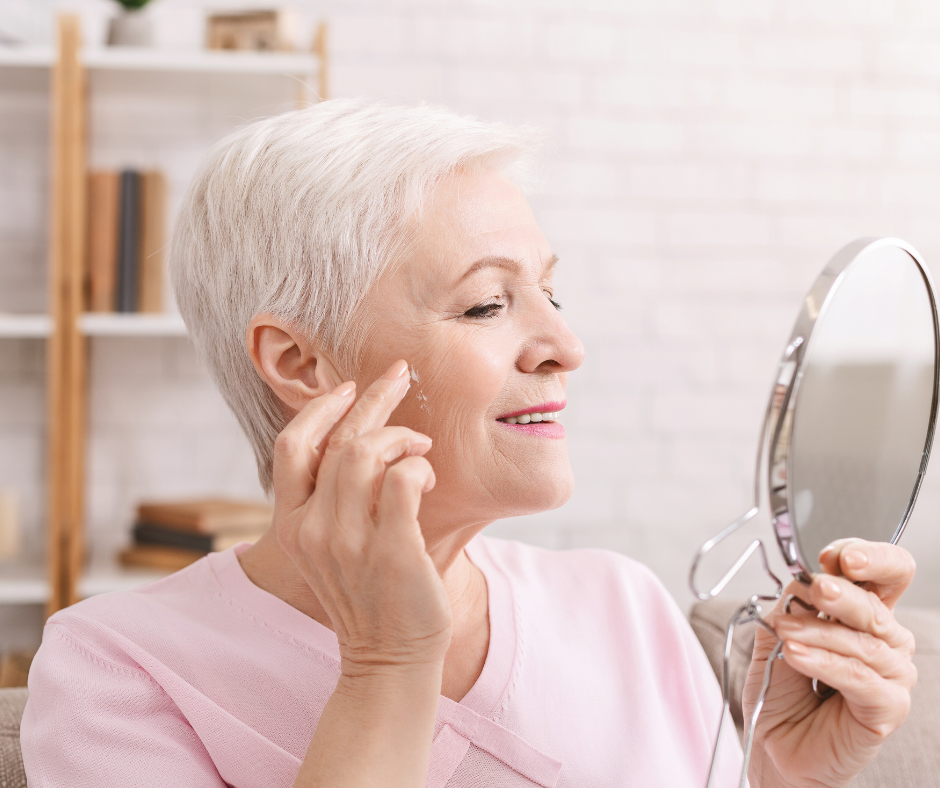Color is an important part of cosmetics, both for appearance and sensory experience. Whether it's makeup, skincare or haircare products, color can make a big difference. In this blog post, we'll go over different types of color pigments, their uses, and how you can color your own cosmetic products safely and effectively.
Different types of color pigments
Dyes in cosmetics are divided into different categories depending on their origin and properties:
-
Mineral pigments – Natural color pigments such as iron oxides, titanium dioxide, and ultramarines. They are often used in makeup products such as foundation, blush, and eyeshadow.
-
Plant-based dyes – Examples include alkane root, annatto, and spirulina. These are used in natural skin care and soaps.
-
Synthetic dyes – Made in a laboratory for high color stability. Common in conventional makeup and hair dyes.
-
Mica pigments – Fine glittering minerals often used in shimmering makeup products, such as highlighters and eyeshadows.
How do you choose the right color for your product?
The choice of color depends on several factors:
-
Type of product – Is it a water-based or oil-based product?
-
Desired coverage – Should the color be transparent or opaque?
-
Skin friendliness – Is the dye safe for the skin and free from harmful additives?
To ensure a stable and durable color in your cosmetic product, it is important to test the solubility and compatibility of the pigments with other ingredients.
Common mistakes when coloring and how to avoid them
Coloring cosmetic products can be an art, but there are some common mistakes to watch out for:
- Wrong type of dye – Not all pigments are compatible with all formulations. Water-soluble dyes will not work in oil-based products and vice versa. Always make sure your pigment is suitable for the product base.
- Uneven color distribution – If the pigment is not properly dispersed, it can result in patchy results. Dissolve the color in a small amount of the product base before mixing it in completely.
- Overdosing on pigment – Too much pigment can affect the consistency and feel of the product. Start with a small amount and build up the color gradually.
- pH instability – Some dyes change shade depending on the pH of the product. Check and adjust pH as needed to ensure stable color.
By avoiding these mistakes, you can achieve an even, beautiful and durable color in your products!
Step-by-step: Coloring cosmetic products
Here is a basic method for coloring a natural skincare product:
-
Choose the right dye depending on the product's base (water- or oil-soluble dye).
-
Disperse the paint in a small amount of the product's main ingredient (oil, water or emulsion) to avoid lumps.
-
Mix thoroughly and test the intensity of the color before adding more pigment.
-
Adjust the pH if necessary to maintain color stability.
-
Test the product on your skin to ensure the color is even and comfortable.
With this knowledge, you can start experimenting with color in your own cosmetic products! Stay tuned for our newsletter where we share more tips and tricks.
With colorful greetings, NSL Cosmetics






Leave a comment